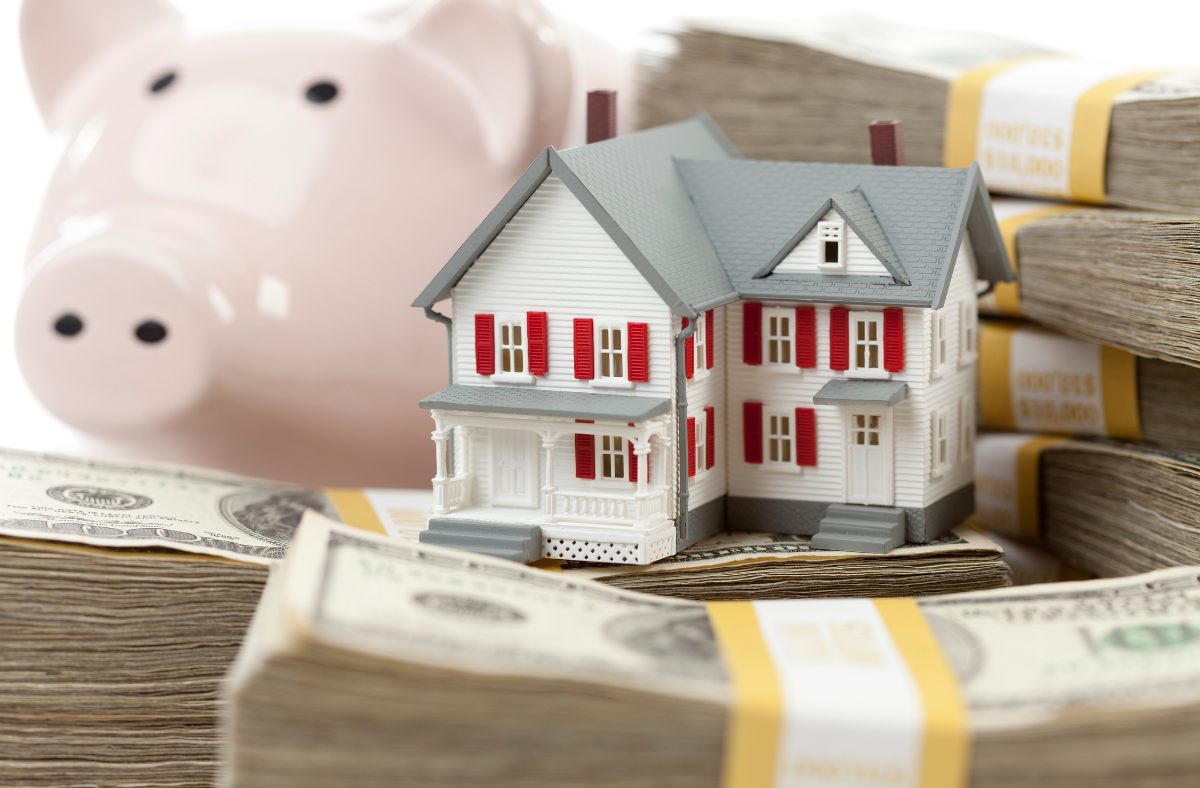 If you own a home, you must make sure it is properly protected. Hazards can change throughout the year, and one of the biggest threats during the spring is the arrival of frequent thunderstorms. If your home is damaged by a severe storm, it might be covered by your homeowner’s insurance policy. You need to take a closer look at your policy to see if you have the right coverage.
If you own a home, you must make sure it is properly protected. Hazards can change throughout the year, and one of the biggest threats during the spring is the arrival of frequent thunderstorms. If your home is damaged by a severe storm, it might be covered by your homeowner’s insurance policy. You need to take a closer look at your policy to see if you have the right coverage.
An Overview Of Home Insurance
An insurance policy is supposed to protect you against potentially severe financial consequences. For example, if your home is damaged, the repair bills could be tens of thousands of dollars. If you have home insurance, your policy may pay for this type of damage.
The right insurance policy can repair damage to your roof, fix your walls, and even replace the furniture that might have been damaged. Typically, your home insurance policy will have an initial deductible, which is an out-of-pocket expense. Then, once your deductible has been met, your home insurance policy should cover the rest up to the limit of its coverage.
Does Home Insurance Cover Storm Damage?
It isn’t unusual for a home insurance policy to cover potential storm damage. At the same time, you need to understand the limitations of your policy and the circumstances under which a claim might be paid out. For example, your home insurance policy might protect your home in the event of a thunderstorm, but it may not protect your home in the event of a flood from a nearby river or lake. You should also make sure you have enough financial coverage in your home insurance policy to repair your home and replace any damaged property.
How To Check A Home Insurance Policy
Start by reading through your policy to see what is covered in what is not. There might be a lot of jargon in the policy. If you have a difficult time understanding the wording, you should contact your insurance company and speak to a representative.
You should keep a copy of your home insurance policy in a fire-proof container or safe. This will make it easier for you to refer back to the policy if you have questions later or in the event of an emergency.
 Last week’s economic news included remarks given by Federal Reserve Board Governor Lael Brainard and the release of the minutes of the most recent meeting of the Fed’s Federal Open Market Committee. Weekly readings on mortgage rates and jobless claims were also released.
Last week’s economic news included remarks given by Federal Reserve Board Governor Lael Brainard and the release of the minutes of the most recent meeting of the Fed’s Federal Open Market Committee. Weekly readings on mortgage rates and jobless claims were also released. The idea of embarking on home renovations may strike many homeowners as an expensive one, but there are plenty of ways that you can easily upgrade your home without spending a lot of money. If you’re looking for improvements that will truly (and frugally) improve the value of your home, here are a few do-it-yourself options you may want to consider.
The idea of embarking on home renovations may strike many homeowners as an expensive one, but there are plenty of ways that you can easily upgrade your home without spending a lot of money. If you’re looking for improvements that will truly (and frugally) improve the value of your home, here are a few do-it-yourself options you may want to consider. Many people believe that investing in real estate is something reserved only for the super-wealthy. In reality, this is not the case. Investing in real estate is a smart idea because property can generate a consistent cash stream while providing significant capital appreciation combined with tax breaks. There are multiple ways to invest in real estate, and no single path is better than the others.
Many people believe that investing in real estate is something reserved only for the super-wealthy. In reality, this is not the case. Investing in real estate is a smart idea because property can generate a consistent cash stream while providing significant capital appreciation combined with tax breaks. There are multiple ways to invest in real estate, and no single path is better than the others. Even though a lot of people have two incomes they can use to purchase a house (theirs and their partner’s), this is not necessarily required. There are lots of people who want to take advantage of current interest rates to purchase a house, and some people are trying to do it on their own. Even though it can be a challenge to buy a house with only one income, it is certainly not impossible. There are several tips that can make it easier for everyone to afford a house with just a single income.
Even though a lot of people have two incomes they can use to purchase a house (theirs and their partner’s), this is not necessarily required. There are lots of people who want to take advantage of current interest rates to purchase a house, and some people are trying to do it on their own. Even though it can be a challenge to buy a house with only one income, it is certainly not impossible. There are several tips that can make it easier for everyone to afford a house with just a single income.  Equity is a powerful tool. As homeowners pay off the mortgage, the amount of equity in the house grows. As the house appreciates in value, homeowners accrue even more equity. Then, homeowners can tap into this equity for a variety of purposes. What are a few of the ways homeowners might be able to use this equity?
Equity is a powerful tool. As homeowners pay off the mortgage, the amount of equity in the house grows. As the house appreciates in value, homeowners accrue even more equity. Then, homeowners can tap into this equity for a variety of purposes. What are a few of the ways homeowners might be able to use this equity?